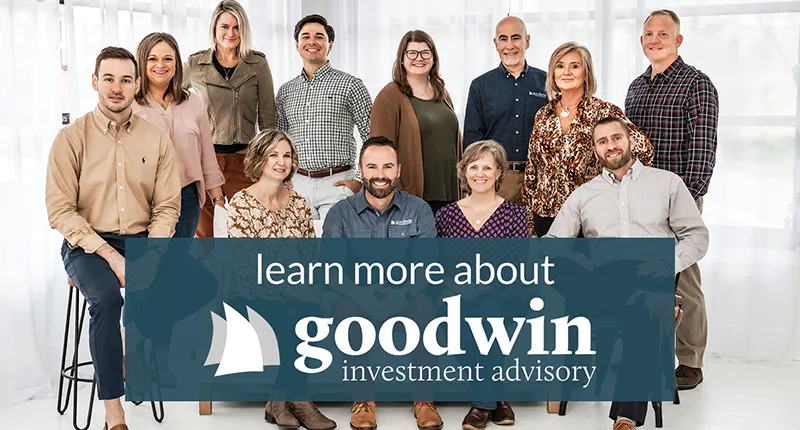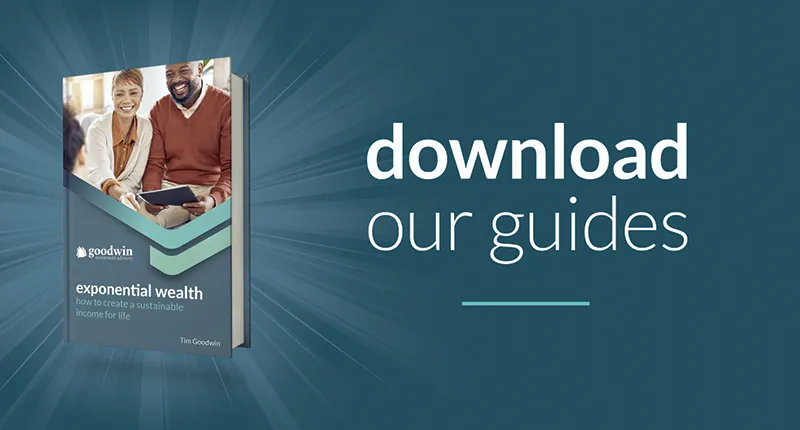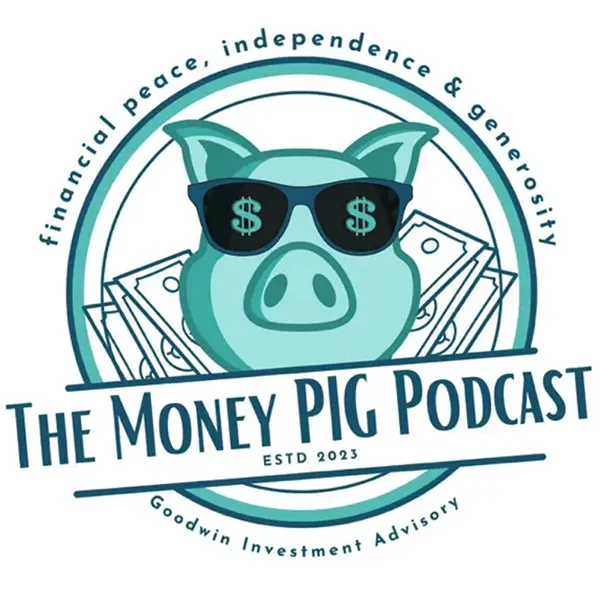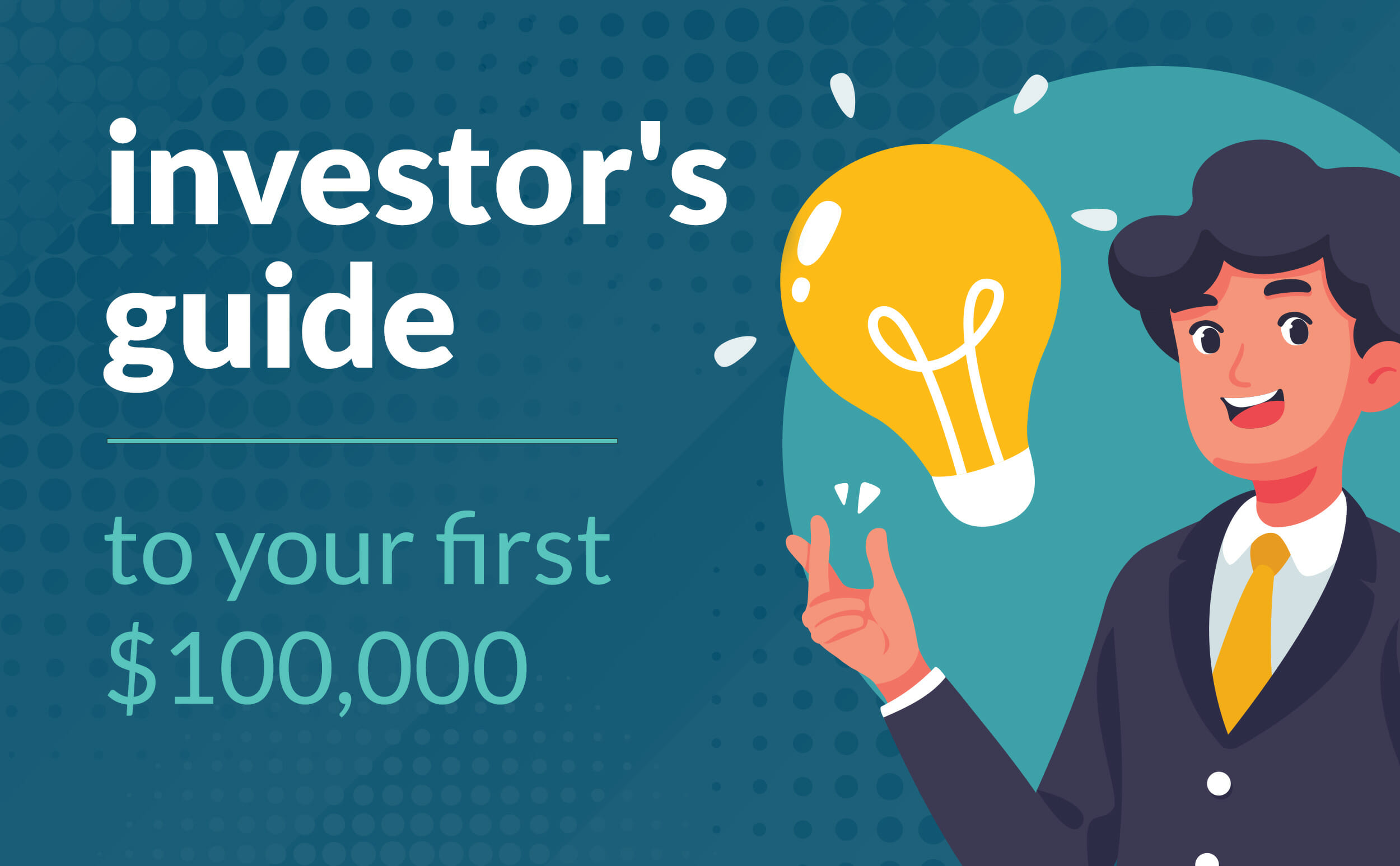
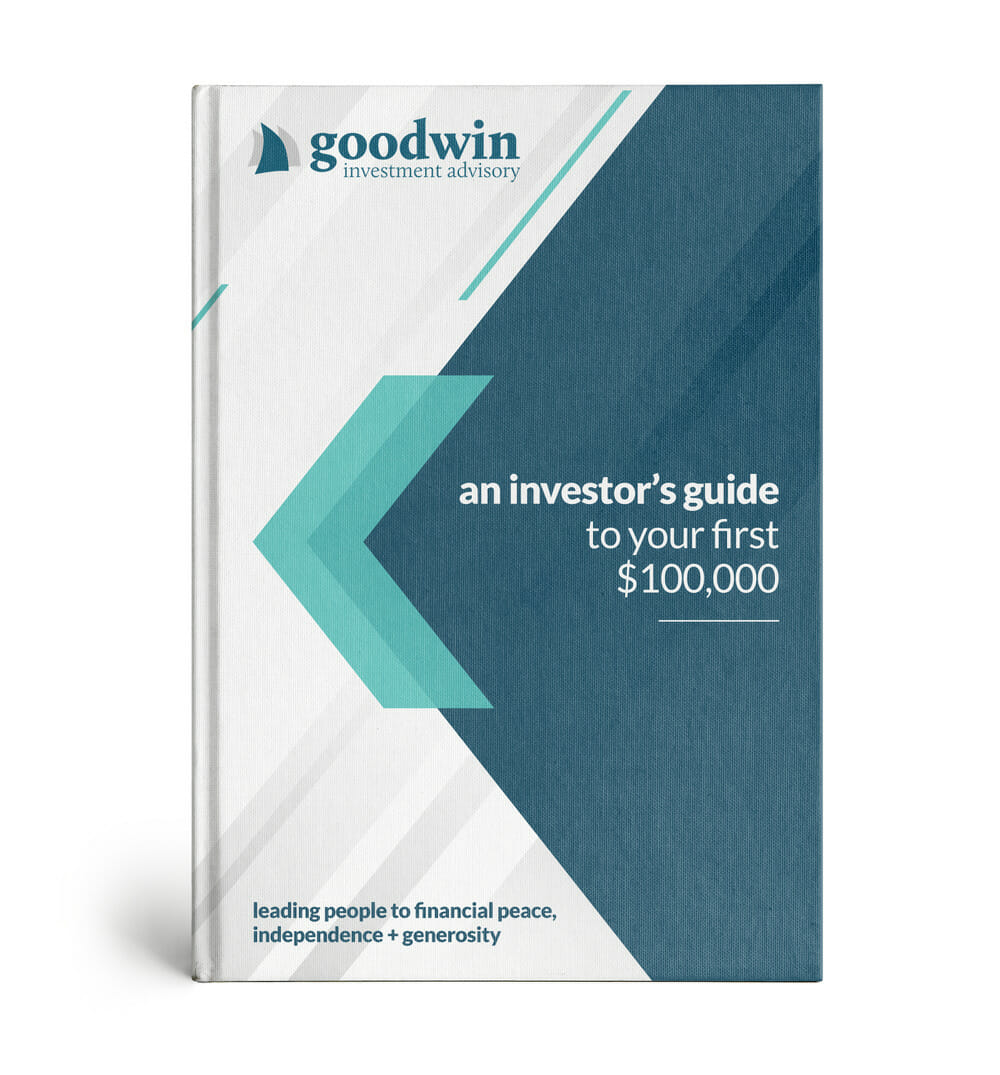
An investor’s guide to your first $100,000
*Please download the printable guide to follow along and fill out to help you on your journey to $100,000
First, pat yourself on the back, you’ve already taken a great step in obtaining financial freedom by taking the time to learn about “HOW.” Bravo!
Next, you will need to determine your, “WHY?” This is huge as it will serve as your motivating factor to help you achieve your first $100,000. If you are married, you will want to discuss your “Why” together. A few “why” examples could be: wanting to raise your children in a financially stable home, wanting to be able to retire one day (with confidence), wanting to be able to afford nice vacations, moving into a nicer area, driving a safer car, providing some help for your child to achieve a college diploma, being generous with your money, being able to afford gifts for family and friends. After determining your why, you can begin to put some best practices in place which include following Dave Ramsey’s 7 Baby Steps, creating a monthly budget that balances to zero, setting financial goals, and making sure you have an accountability partner (can easily be your spouse). One of the most important steps to achieving your goals is taking time to celebrate the milestones of your progress along the way. How you approach these things will determine your mindset as you begin your journey to your first $100,000.
Write your “Why” on your printable map at the top of the page.
This is beginning with the end in mind. If you look at the printable map the end goal is attaining that $100,000, but you will have to hit certain checkpoints, or goals, along the way. These goals will generally be the same for most people, but you will need to determine dates to reach each goal based on your current situation.
1. Set financial goals.
There is tremendous power in setting goals. It helps you plan where you want to go in life and keeps you motivated to turn your vision of your future into a reality. Goal setting enables you to be intentional and proactive about what you want to achieve. The process of writing your goals down is so powerful that according to a research study, you are 42% more likely to accomplish them simply by writing them down. Plus, writing down your goals helps you to improve focus, boost your motivation, reduce your stress level, achieve bigger goals, and track your progress.
Write down a few of your financial goals on checkpoint 1.
2. Be connected – have accountability.
Having someone to hold you accountable to reaching your financial goals is key to actually achieving your goals. The American Society of Training and Development (ASTD) did a study on accountability and found that you are 65% more likely to reach a goal if you commit to someone. And they learned that if you have a consistent accountability appointment with a specific person – you will increase your chance of successfully achieving your goal by up to 95%. This can be a best friend, a spouse, a parent, or a mentor.
Write the name of your accountability partner and when you are going to meet (we recommend weekly) on checkpoint 2 of your map.
3. Create a budget to zero – tell your money where you want it to go, instead of wondering where it went.
Starting with creating a budget is very important, because budgeting will help you to achieve the goals you are working towards, whether that is getting out of debt, saving for a house, or just trying to keep your eating out expenses from getting out of hand. You always need to begin by making decisions on where you want your money to go. You can use a free tool like a Google Spreadsheet or if you’d like some fancy software, we highly recommend YNAB (you need a budget) budgeting tool.
Make sure to check this off on your map once you have your budget set up.
4. Decide to get out of debt – Don’t let interest go both ways – debt is not your friend.
“Compound interest on debt was the banker’s greatest invention, to capture, and enslave, a productive society.” – Albert Einstein
Your greatest wealth building tool is your income. The problem with debt is that it creates a payment, even if you have a zero percent interest loan, you still have a payment. Payments eat away at your income leaving little to no room for the average worker to save and invest. You need to get out of debt so you can build wealth. Getting out of debt and having financial freedom is important to becoming the hero in your own story. At Goodwin Investment Advisory, we do not recommend the use of credit cards. If you currently have credit card debt, you can create a plan to begin paying this debt off using methods such as the debt snow-ball tool. Click here to use the debt snowball calculator on Ramsey Solutions to determine your debt free date as well as understand how the debt snowball works. To learn more about the effects of debt and credit card use on your brain, read our blog called, This is your brain on credit cards. Before you start building assets you will have to address your liability (debt) first, and you will have to begin by deciding that you want to get out of debt and set measurable and achievable goals that you can celebrate along the way. Check out one of Goodwin Investment Advisory’s clients on the Dave Ramsey show as they celebrate their success in getting out of debt. Remember you can do this!
Fill in the date you have committed to getting out of debt on your map based on your debt calculator results. If you have no debt, then celebrate your wise choices and check this off on your map and move to checkpoint 5.
5. Save $1,000
After you have created a budget and have decided to no longer use credit cards, you should open a savings account and add money each month until you reach $1,000.
Once you have $1,000 saved, check this off on your map. Celebrate achieving this goal!
6. Pay off all debts
First, pay off credit cards using the debt snowball, this means paying off your smallest balance first and then when that is paid off, cut up your card. Moving to the next debt, apply that balance toward your next highest credit card balance, then create a plan to pay off car loans, and student loan debt if you have any.
Once you completely finish paying off your debt, check off the box on checkpoint 6 and do something to celebrate! Be proud of yourself, this is a huge accomplishment! If you don’t have any debt, check off this box and head on to the seventh checkpoint.
7. Emergency fund of at least $10,000
Once you have completed paying off your debt, you can now add to your cash savings account until you have saved 3-6 months in living expenses. We find that for most families this is between $10,000 and $20,000.
Place the date you fully funded your emergency fund on your map!
Don’t forget to celebrate this achievement!
8. Save 15% toward retirement
Once you have successfully paid off your debt and have a fully-funded emergency fund (3-6 months of expenses in a savings account), you should begin preparing for your retirement. In general, most people need to save about 15% of your gross household income each year for retirement. It is easier than you think to save for your retirement and build your retirement account once you’re out of debt. Let’s say you work with an investing professional and begin by contributing $300 per month to a retirement account. If you contributed for just five years and earned an average compound growth rate of 10% per year, this would add over $250,000 to your nest egg in 30 years. Although you will likely need a lot more than that for your retirement, this is a good example of how a little savings, early in life, can compound and grow over time. You can read more about this in an article by Ramsey Solutions called “How to Save 15% for Retirement Without Cramping Your Style.” You might be reading this thinking, “I don’t have enough margin to save 15% toward retirement.” Well, then this is something you will need to address and create by adding that margin.
If your employer offers a retirement plan like a 401(k) or 403(b) and your company matches a percentage of your contributions, you should definitely be taking advantage of this opportunity and max the match. If you do not have a 401k, then we suggest you consider opening a Roth IRA with a custodian of your choice, such as Fidelity or Schwab. In 2021, the IRS limits Roth IRA contributions to $6,000 per year (or less depending on your income). This is the max you can put into this special type of account, unless you’re over 50 and then there’s an extra $1,000 per year “catch-up.” Once you max your Roth IRA, then put the remaining amount to get to 15% into a non-retirement brokerage account.
Once you have 15% going toward your retirement goal check this off on checkpoint 8 of your map!
Educational pause – Think for the long term – not just for now.
Traditional IRA vs Roth IRA. Traditional and Roth IRAs are both types of tax-advantaged accounts designed to help people save for retirement. Investments in Roth IRAs grow tax free, which means you will not have to pay taxes again on the money later. This can be better than the tax deferred growth from a Traditional IRA, because you will have to pay taxes when taking money out once you reach the age requirements to receive your retirement money. If you take money out of an IRA or Roth before age 59.5, you will likely incur taxes and penalties.
9. Setting up funds automatically
Albert Einstein proclaimed, “Compound interest is the 8th wonder of the world. He who understands it, earns it; he who doesn’t, pays it.” If you invested $160 per month for 40 years, you will have about $1 million dollars at a compound annual growth rate of 10% (however, not all investors can achieve this rate of return.) For more saving options and calculations on how to become a millionaire, check out this article by Paula Pant, “Learn How to Save to Become a Millionaire With Small Investments.” You can set up investments for all different purposes: to buy a car, take a vacation, put a down payment on a house. We recommend a book titled, The Automatic Millionaire by David Bach.
During this checkpoint you will allocate monies into different accounts based on your short-term and long-term goals.
Decide an amount to invest
Set a specific amount of money aside to invest out of your paycheck every month. Then choose what type of investment or account you need to open based on your current situation and goals. Fill this monthly amount in on your map. Then calculate how long it will take you to accumulate $100,000 and fill in your target date on checkpoint 9. (to help you calculate this use this Time Value of Money calculator)
10. What to buy?
Once you have opened a brokerage account, you will need to choose your investment options by deciding what funds to buy.
Our default general advice is to find an index based target date retirement fund – You can even contact the advisor of your employer’s 401k and discuss what your 401k is invested in and make adjustments based on your risk level, age, and values. Target date retirement funds are a fund of funds that are diversified and automatically get more conservative over time. By the time you turn 65, the fund is typically way more conservative than when you started.
Once you have selected your funds you can sit back and relax. There is really nothing for you to do during this phase. You’ve done all the hard work, and now you are just letting your money compound and grow over time.
11. Buy + Hold – investment strategy
Educational checkpoint – Pause
Buy and hold is a passive investment strategy in which an investor buys stocks (or other types of securities such as ETFs and mutual funds) and holds them for a long period regardless of fluctuations in the market. The market can fluctuate and people tend to invest with emotions and forget to keep their eyes on the long term strategy. Downturns can make you nervous, and want to sell quickly, reacting based on emotion. However, if history continues to repeat itself, markets always come back and you will be fine. According to Morningstar Research, from 1926 through 2019, the US Large Stock Total Index averaged 10.2% annually. Looking only at the last 5 years from 2016 to 2020, the average stock market return was 15.27% (13.06% when adjusting for inflation) according to SoFi Learn. This is the reason why so many people invest in the market — because long-term, it can generate significant returns, especially if you diversify your investments. Once you decide you want to invest in the market, you will need to remember that this is a long-term investment.
12. Celebrate reaching your goal of $100,000
Decide in advance to celebrate with something you can really look forward to like a vacation you have always wanted to go on (paying for it without credit cards, of course)! You did it!!!
Fill in the date on your map when you have $100,000 in assets accumulated.
Hire an advisor
Once you reach $100,000, this is a great time to consider hiring an advisor to help you customize your investment portfolio and really let that compound interest work its magic. This is a portfolio that is designed specifically for you with your specific interests in mind. If you are interested in environmentally conscious companies, or if you want to invest in domestic only or global companies, a portfolio can be completely tailored to your requests. If you want more diversified funds, or want more purposeful investments. A financial advisor is more of a guide that adds value. Check out our right fit guide to help you know what questions to ask and what to look for when hiring a financial advisor.
At Goodwin Investment Advisory, we are not only investment advisors, but we can serve as a guide along your financial journey. If you are interested in setting up a free 15 minute intro call with a GIA consultant, please schedule a call here.




